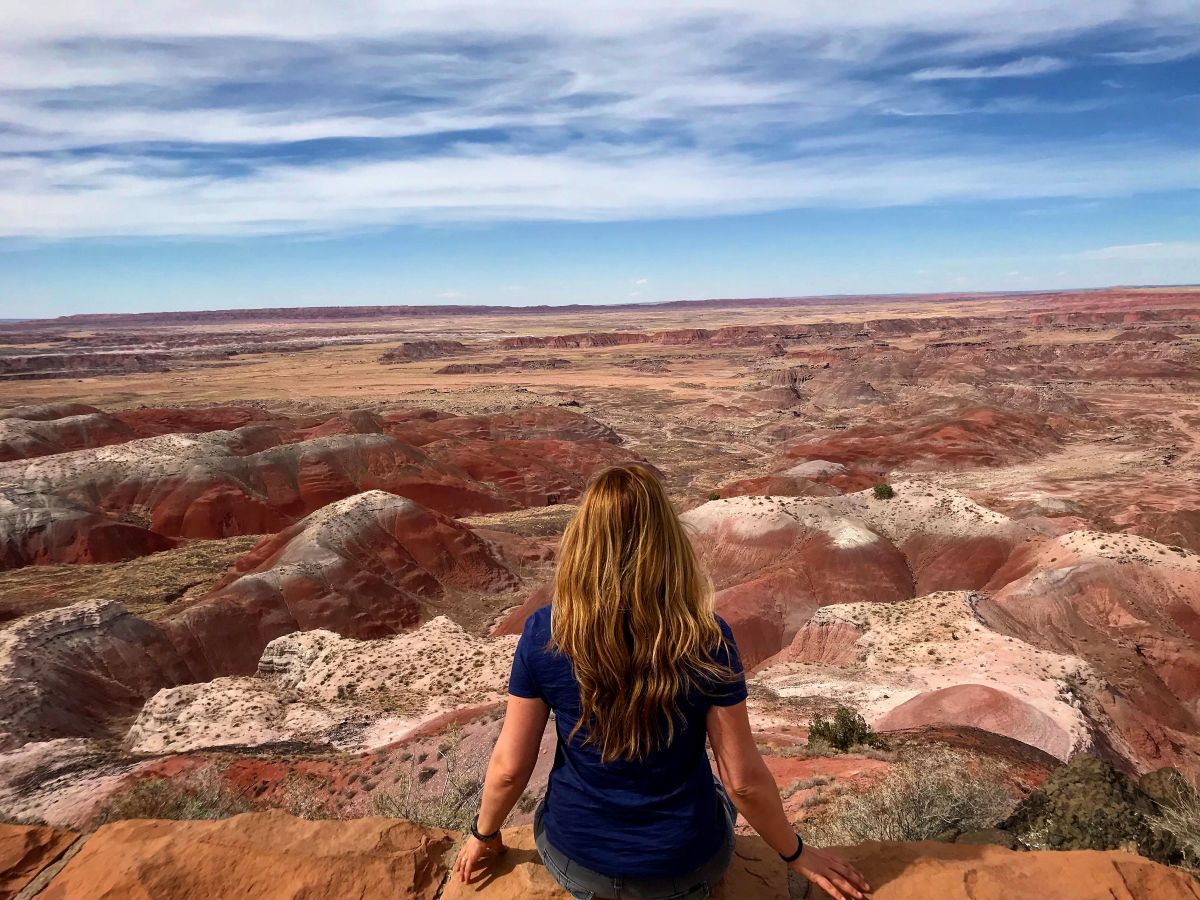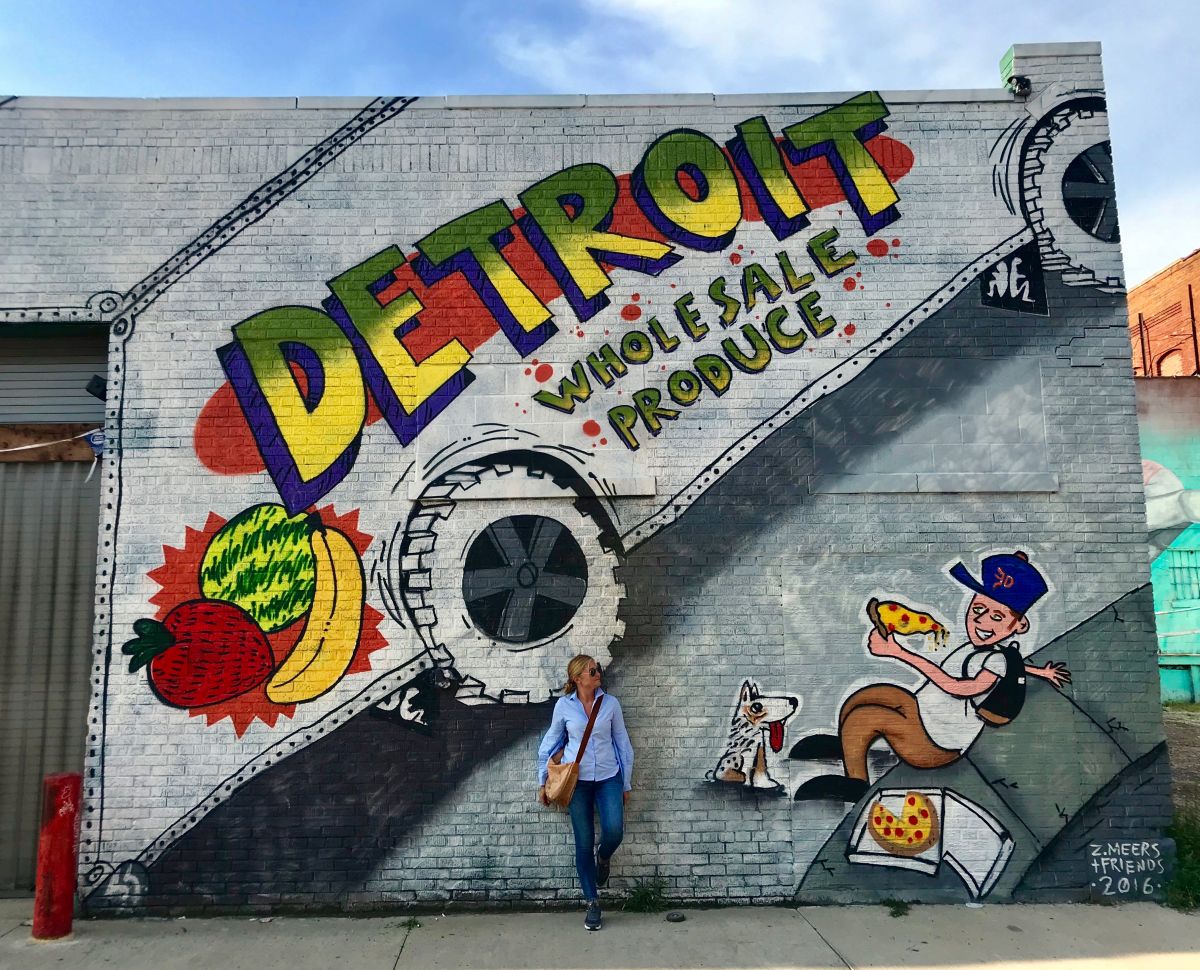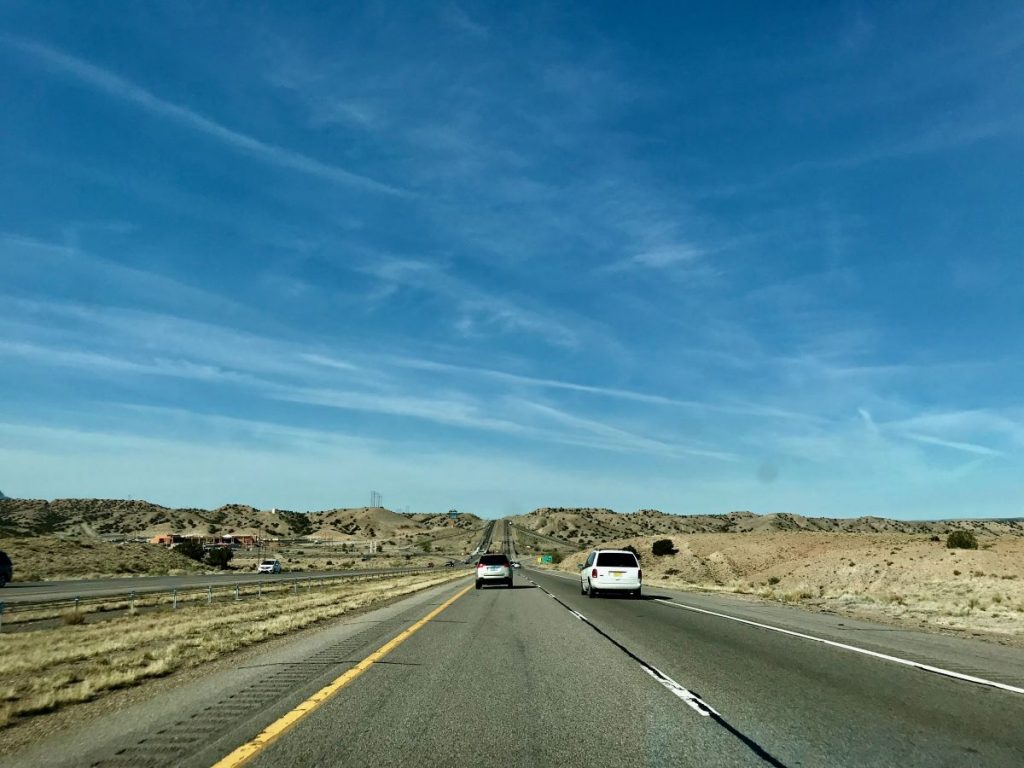


In Italian
What to see in New Mexico driving the historic Route 66 between Santa Fe and Albuquerque?
Something particular which cannot take too much time, but at the same time can offer a view of the primordial culture of the local natives and allow to do simple and feasible trails through the Western Mesa bear rock, a wide wall of volcanic basalt, the end of the boundless Colorado Plateau arriving as far as New Mexico and dominating Albuquerque.

What to see in New Mexico: visit the Petroglyph National Monument. From Santa Fe as far as Albuquerque
My tip is to have a stop of a couple of hours right near Albuquerque to visit the Petroglyph National Monument.
It preserves over 20.000 rupestrian inscriptions by the Ancestral Pueblo Natives and the first Spanish Colonizers – dating back starting from 1000 BC until 1400 AD – besides a series of alternative paths through even 5 extinct volcanoes in the western part of the park.
A particular and suggestive place deserving even only a short visit to admire the most ancient petroglyphs of the Boca Negra Canyon Trail.
“Each of these rocks is alive, keeper of messages left by the ancestors…
There are spirits, guardians. There is Medicine. There is everything we come from…”
(William F. Weahkee, Pueblo Elder)
About 200.000 years ago, a series of violent volcanic eruptions gave origin to a boundless wall – the Western Mesa, a plateau of about 30km– formed by thick layers of basaltic rock and cooled lava.
The geological nature of this formation – rich in iron, manganese and calcium – favored the birth of the rupestrian inscriptions, the so-called petroglyphs. The rocky surface achieved an intense dark grey color over time. It was called “painted desert.”
About 3.000 years ago the first Anasazi Natives (Pueblo’s ancestors) started to engrave that paint with faces, men, animals and tales. Giving voice and eternal memory to history, spirituality and mythology of the evolution of all people.
Other eruptions to the west of the Mesa gave origin to 5 volcanic cones, today completely extinct and easily reachable driving the Volcanoes Trail or can be seen from the top from the Mesa peak.
The local natives consider the Petroglyph National Monument a sacred place, a sort of collective memory of their own origin. And for that they commit themselves to preserve it for the future generations.
“When you’ll walk among the petroglyphs, you won’t be alone. The landscape around you is alive,
from the desert sound as far as animals, faces and symbols engraved in the rocks.
Every single part of them preserves the spirit of who created them.
Close your eyes and listen to what they have to tell.”
(Introduction by Ranger at Visitor Center)
Go to the Visitor Center of the park to watch the introductory short film about the story of Petroglyph and Mesa – 20 minutes about – and get water, maps and info for the tour to the several areas.
Remember that all trails are 2-10km far from the Visitor Center and so they have to be reached by car.
Find down here the stages, trails and some useful info to cover them.
Boca Negra Canyon – a complex of trails (the most deserving one, according to me) which allows to see about 100 petroglyphs among the most ancient and suggestive ones, with a path of about half an hour arriving as far as the Mesa’s wall. Parking, picnic areas, restrooms and drinking water fountains.
Canyon Rinconada – A system of path of about 2,2km back and forth along a natural surface allowing to see about 300 rupestrian inscriptions. It takes 1-1,5 hours. Parking is on Unser Blvd.
Piedras Marcadas Canyon – the furthest trail from the Visitor Center, a path of about 3km back and forth to see 400 petroglyphs which belong to different historical eras. Parking and restrooms. No drinking water fountains.
Volcanoes Trail – a trail from 1,5km to 7km, if you want to reach at least the Ja Volcano, Black Volcano and Vulcan Volcano. Parking is located off Afrisco Vista Blvd. NW, about 8km to the north of I-40, Exit 149. Restrooms in the parking. No drinking water fountains.
The entrance to the Visitor Center is located in Unser Blvd. NW at Western Trail.
The whole area – Visitor Center and trails – can be reached 7 days a week 8.30am-4.30pm.
Admittance ticket for cars: $1 working days and $2 public holidays.
Trails don’t present particular difficulties, however it is recommended to use trekking shoes and always take with you water supplies, above all in the hottest periods.
Parking are not watched: in the past some thefts caused by the rupture of windows were signaled, so pay attention to not leave eventual worthy objects on the seats.
For further info about the park during your visit you can look up the Petroglyph National Monument official government website.